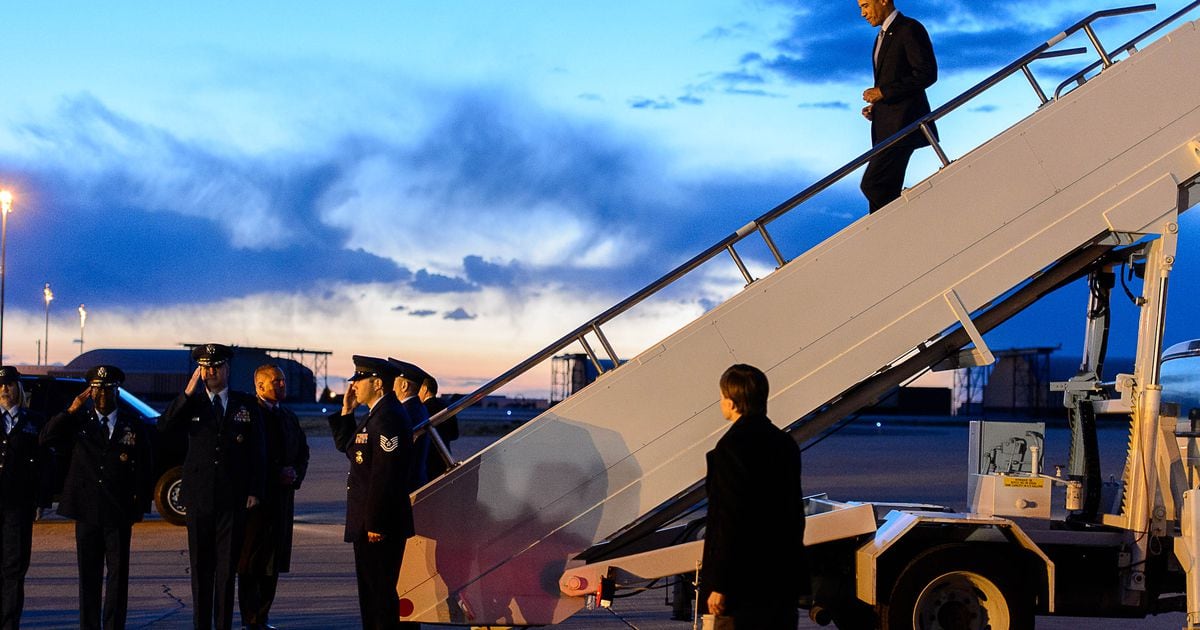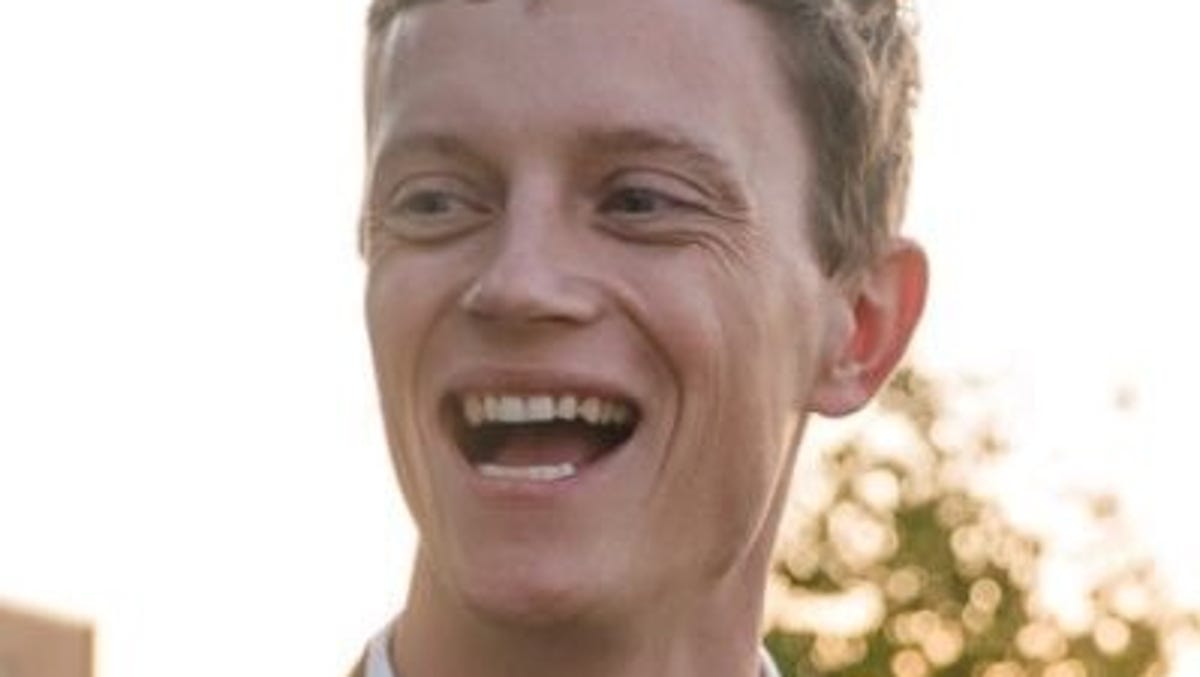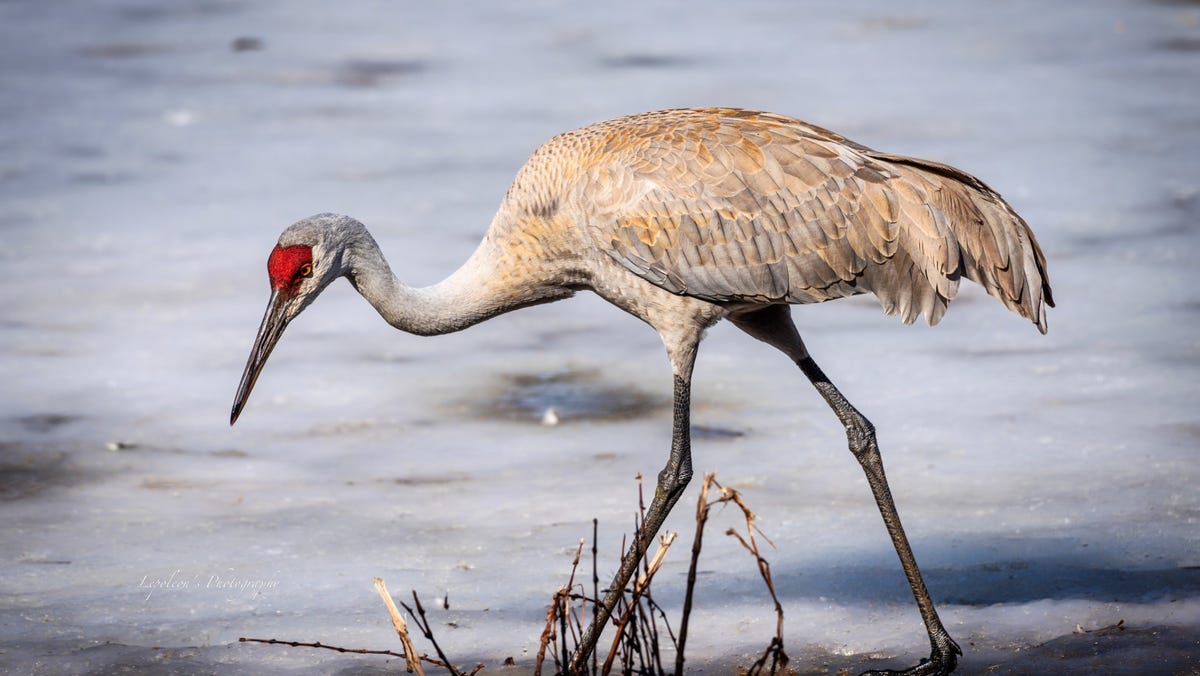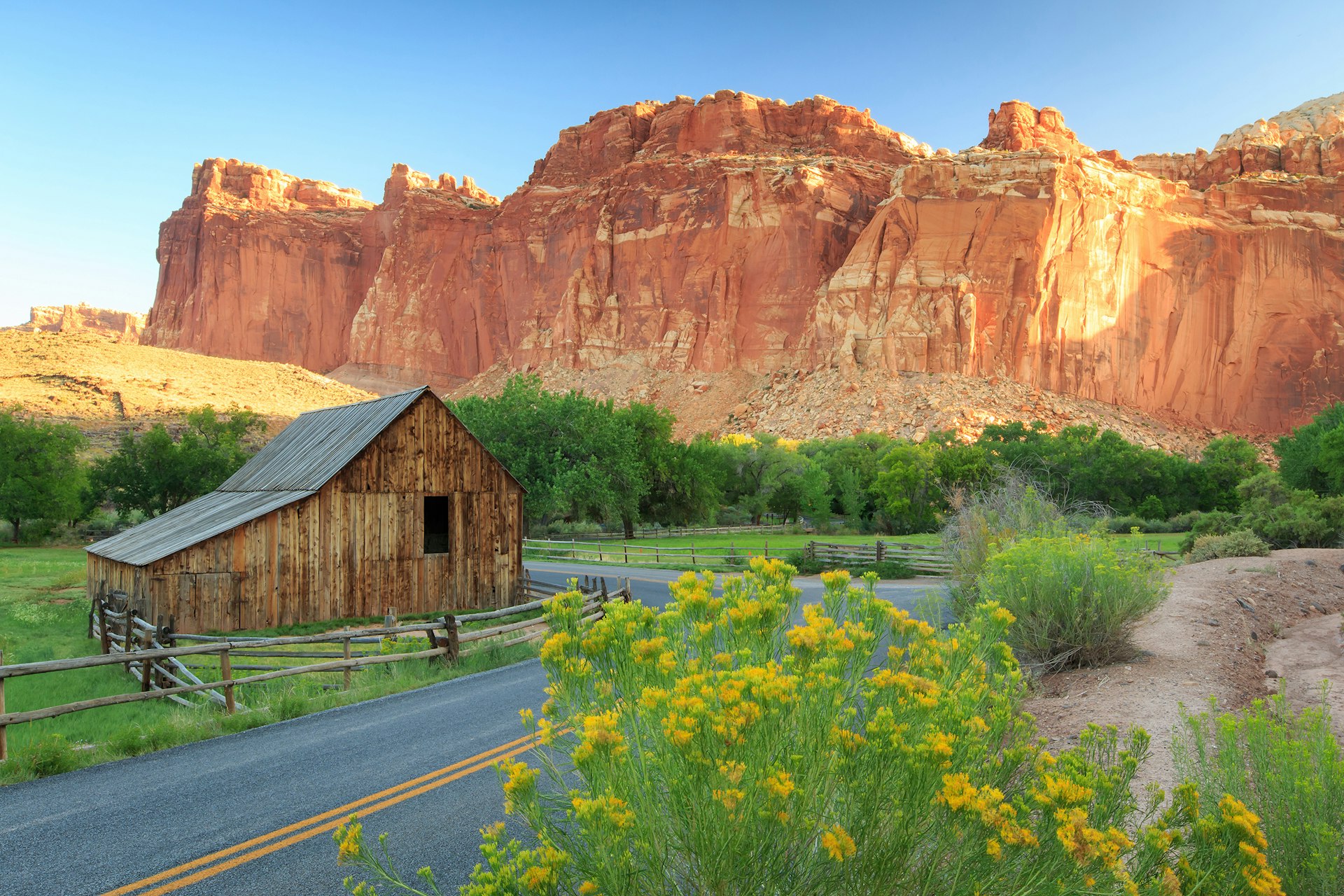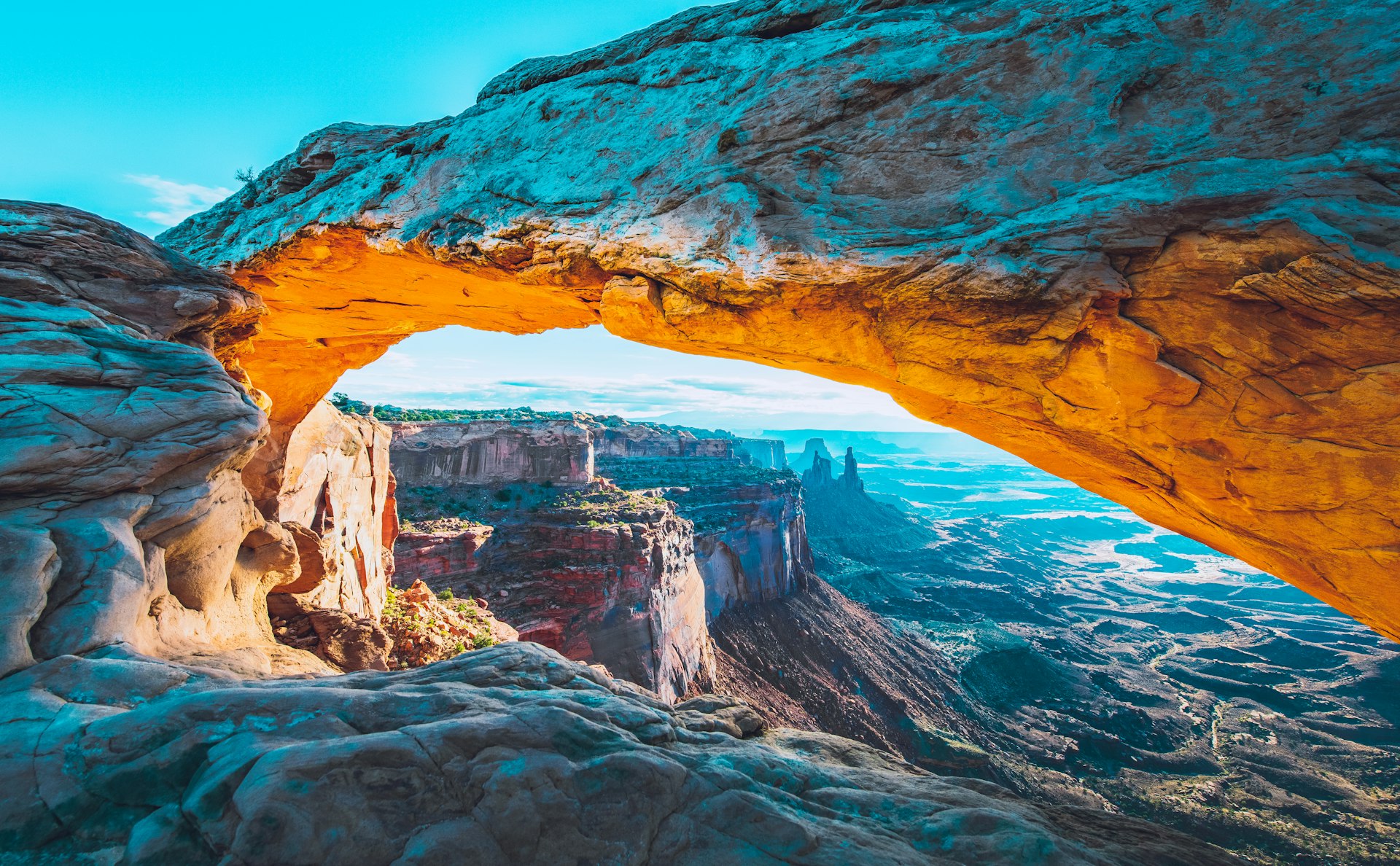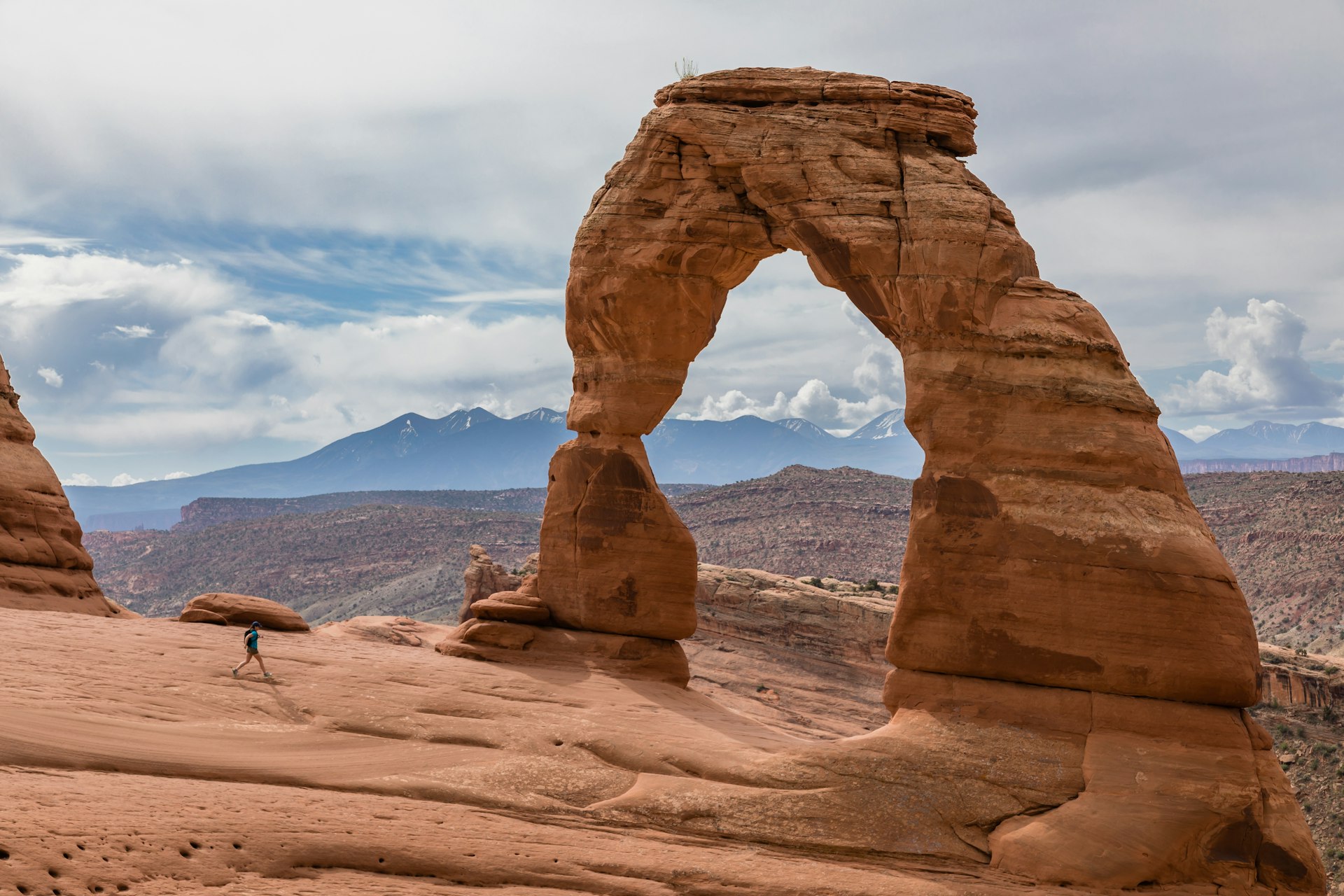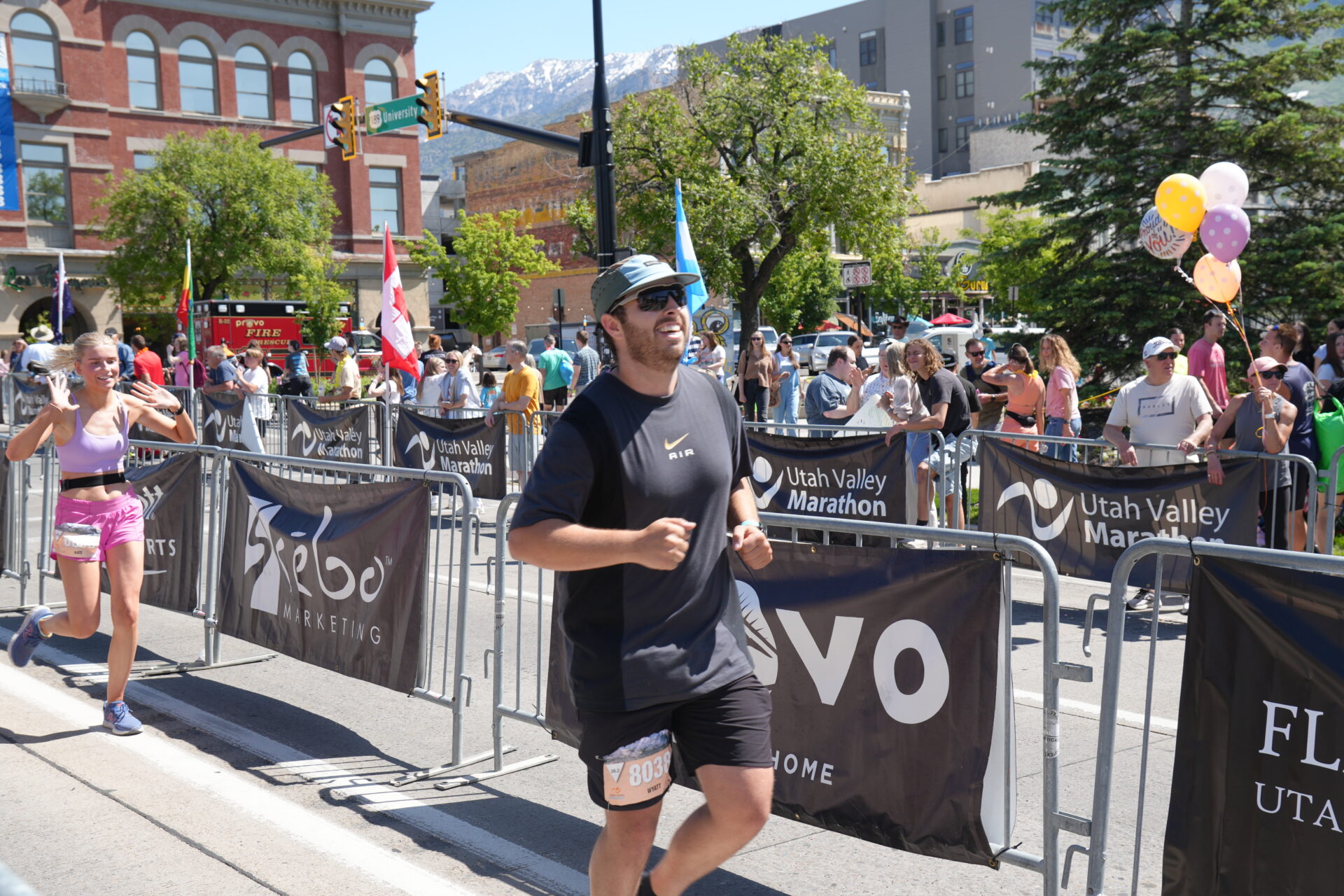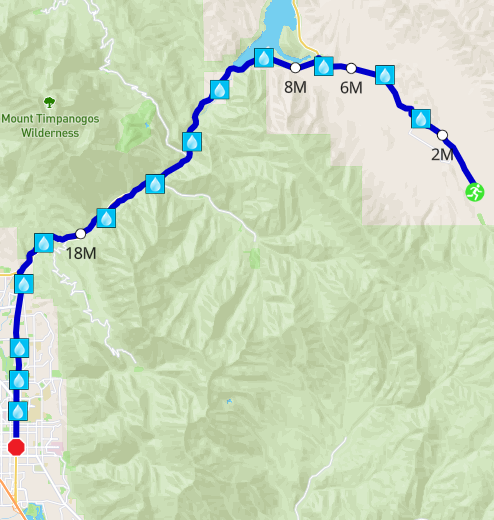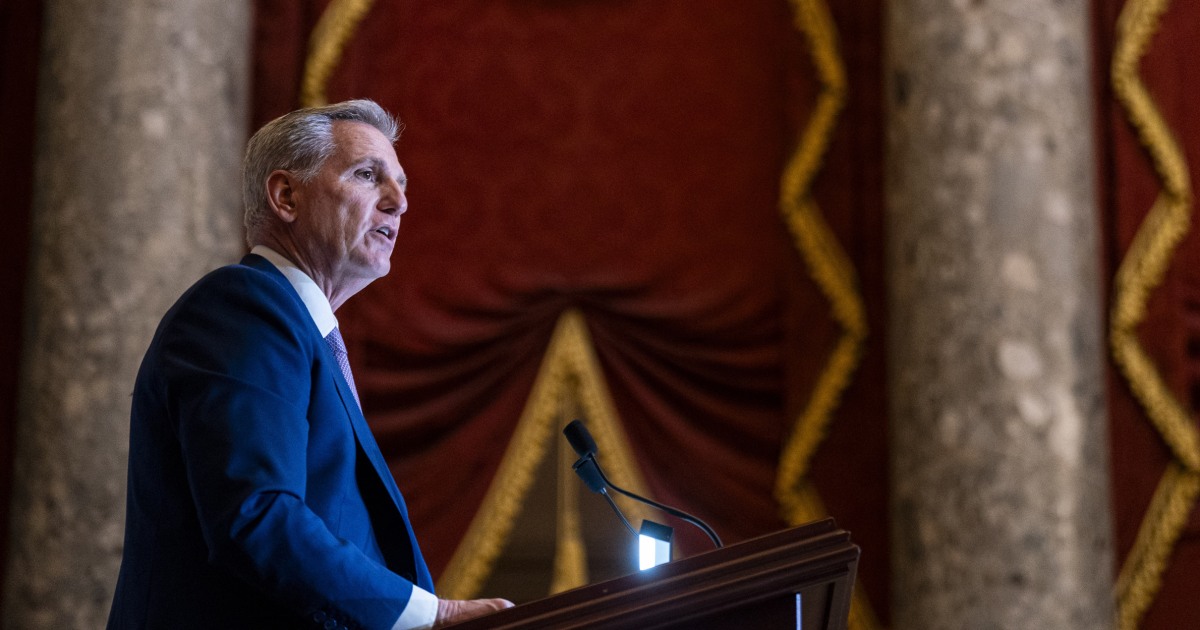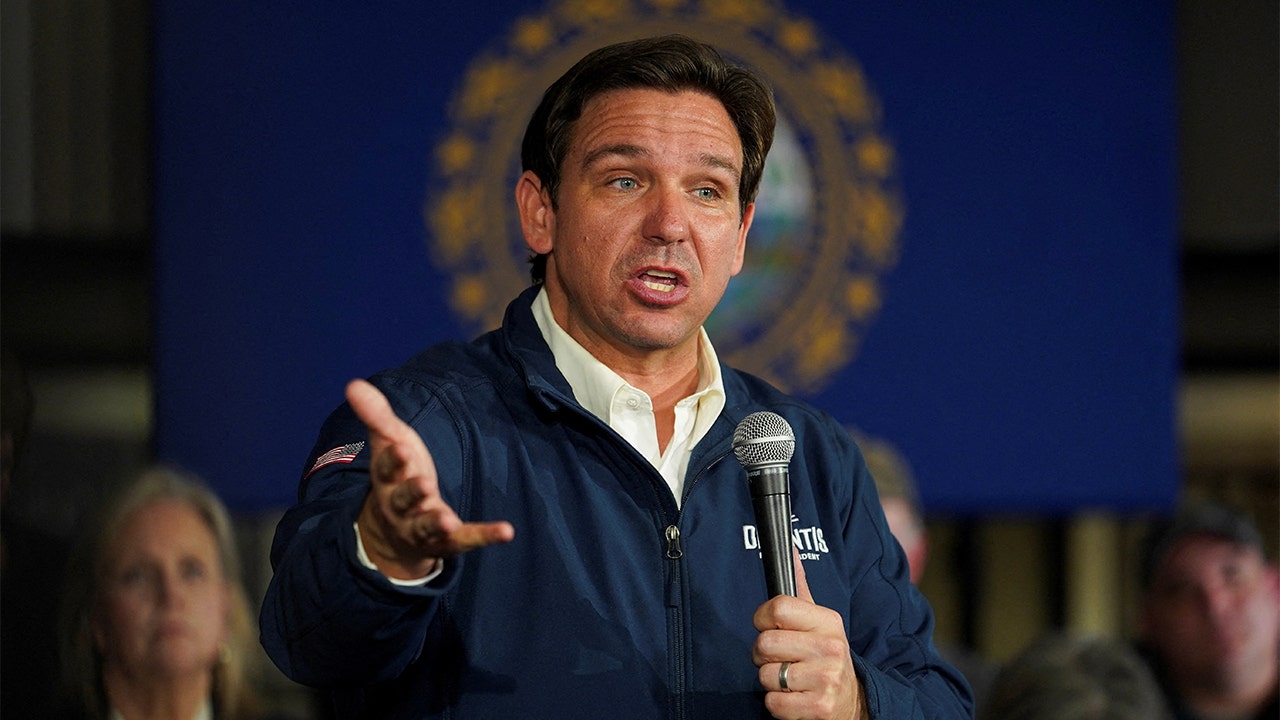When President Joe Biden lands in Utah next week, his schedule will be timed down to the minute. Where Biden goes, who he meets with, and the routes he will travel will be meticulously planned by advanced teams working with residents.
Utah will be the final stop in Biden’s three-state swing next week. Former Utah Senate Minority Leader Scott Howell is working with the White House to set Biden’s agenda when Air Force One lands on Thursday.
“They want a lot of input,” Howell said. “They want to know what people in Utah are concerned about. For me, it’s simple. The environment, the Great Salt Lake disappearing, air quality, will we have enough water to sustain growth.”
Those concerns should mesh nicely with the overall theme of Biden’s visit, which will highlight actions taken by his administration to fight climate change.
Howell says meeting with top leaders of The Church of Jesus Christ of Latter-day Saints should also be high on the list for any president when they visit Salt Lake City.
“I’m not sitting down with his [Biden’s] team and saying they have to go there. But anyone with some savvy will recognize if you’re in Rome, you have to visit the Pope,” Howell said.
(Francisco Kjolseth | The Salt Lake Tribune) Democratic vice presidential candidate Sen. Kamala Harris, D-Calif., makes a brief “cultural stop” to This Is The Place Heritage Park with former state senator Scott Howell as a guide on Saturday, Oct. 3, 2020, as she arrives early to Salt Lake City in anticipation of her upcoming vice presidential debate next week.
The last sitting president to visit Utah and not meet with church leaders was Bill Clinton, who made two trips to Park City in 1998 and 1999 for a skiing vacation. Dwight D. Eisenhower’s brief stop in Utah in 1954 at the Four Corners region did not include a meeting with LDS Church officials.
Utah specific events
Howell did much of the advance work when then-Sen. Kamala Harris came to Utah in 2020 for the Vice Presidential debate against Mike Pence. Harris had hoped to meet with LDS Church officials, but that did not happen for several reasons, including a conflict with the semi-annual conference.
“I told her that we had church on Saturday and Sunday and several other meetings over the weekend. She told me, ‘Scott, you sure go to a lot of church.’ I had to explain it was a conference and we didn’t do this every week,” Howell said.
Including Biden’s upcoming trip, every American President has visited Utah while in office since Herbert Hoover in 1932. The last president to skip the Beehive State was Calvin Coolidge.
Utah GOP stalwart Ron Fox has done advance work for every Republican president since Richard Nixon. He says the preparations for a presidential visit start long before any outreach to local residents.
Official events happen after administrations set an agenda, Fox says, explaining that, “6
… The Biden administration, for example, is talking about inflation and reducing debt and environmental stuff.” Fox says presidential visits are usually coupled with a campaign event or fundraiser.
An advance team will spend time vetting potential venues for the president to visit, Fox says, along with vetting people they might meet with.
“One time, I did an event in Washington State, and they wanted to go to a horse arena. When I checked out that place, I discovered it was paid for by the mob. One guy who was a mobster, he was in prison, but his name was on the top of the building. I suggested they might change that,” Fox remembered with a chuckle.
Howell did much of the advance work when then-Sen. Kamala Harris came to Utah in 2020 for the Vice Presidential debate against Mike Pence. Harris did not want to stay in a hotel, so he looked for a Utahn willing to play host.
“I picked four places. All those families met with her team, and the Secret Service had to do a risk assessment at all their homes. Some passed, and there were concerns with others,” Howell said.
Last-minute stops
Even with all of the planning, there are some last-minute changes. In 1992, Fox said he was able to pull off having President George H. W. Bush attend a concert by the Mormon Tabernacle Choir with just two hours of notice. Fox recounts it started while having lunch with then-White House Chief of Staff Andrew Card in downtown Salt Lake City.
“He says, ‘I understand there’s a concert tonight with the Tabernacle Choir.’ It was the 400th anniversary of Christopher Columbus coming to the United States, and the choir was having a concert,” Fox said.
Card told him to go with a Secret Service agent to the Tabernacle and arrange for Bush to attend.
“I met with (then-choir president) Wendell Smoot, and I told him that the president was going to come to the concert. This was like two hours before the concert. He said, ‘No, he’s not.’ I replied that yes, he was,” Fox said.
(Trent Nelson | The Salt Lake Tribune) Ron Fox in his Salt Lake City office Tuesday December 26, 2017. Fox collects historic photos and political memorabilia. In the early 1970s, he was at a Republican convention in California and got his program autographed by all the people speaking at the gathering. Richard Nixon signed it, and three others who signed his program went on to be president: Ronald Reagan, Gerald Ford and George H.W. Bush. He had to sell the program when his first child was born and used the money to buy a crib. The program recently came up at an auction and his daughters bought it for him.
Smoot insisted that Fox was mistaken because he had recently met with some of the church leadership who did not tell him about those plans.
‘I said that’s because the decision was just made. If you doubt me, this man next to me has a badge and a gun, and he’ll prove to you he’s a Secret Service agent,” Fox recounted.
Fox then went downstairs to where the choir members were preparing for the show to inform them of the evening’s high-profile attendee.
“I told them the President was coming, but they couldn’t call home or tell their friends or relatives it was happening. Church security knew about it, but nobody else knew,” Fox said. “When the announcer said the president was there, the crowd just erupted. It was really one of the most fun events I think I’ve ever done.”
Even with all of that planning, things can sometimes go awry. When President Barack Obama came to Hill Air Force Base in 2015, a miscommunication resulted in an employee of a solar power company unintentionally attending a small roundtable discussion with Obama. The employee believed he would be in the audience for a speech by the President but instead found himself at a table with Obama, members of Utah’s congressional delegation and other business leaders.
Handshakes and hurt feelings
Once the news of an upcoming visit gets out, it usually leads to a mad scramble by elected officials, community leaders and others to try and get some face time with the president or, at the very least, a handshake.
“All of a sudden, I’m everybody’s best friend,” Howell says. “Feelings can get hurt very fast if people think they should have a chance to meet someone and it doesn’t happen.”
Planning and executing a presidential visit is an intense pressure cooker for the team tasked with ensuring everything goes off without a hitch. Fox says staffers will operate at full speed from the moment they get off the plane until Air Force One lifts off again.
“Once it’s ‘wheels up,’ you get to relax, but everyone else doesn’t because they still have to go to the next place,” Fox said.
(Steve Griffin | The Salt Lake Tribune) Traveling media pool members catch up with President Barack Obama as he arrives at a solar panel field at Hill Air Force Base where he delivered a speech in Ogden, Friday, April 3, 2015.
Editor’s note • This story is available to Salt Lake Tribune subscribers only. Thank you for supporting local journalism.

